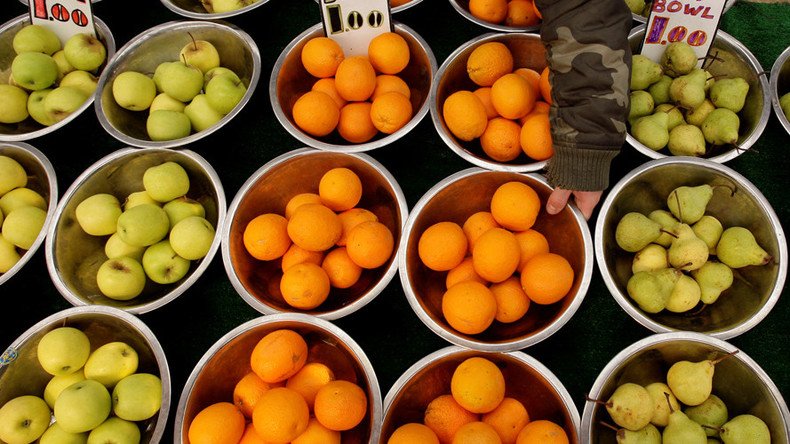Poor diet to blame for return of scurvy in Australia, health officials say

The disease that was historically associated with sailors and long-distance sea travelers who had no access fruit or vegetables has reappeared in Australia, health officials have warned.
Scurvy, which is linked to poor diets, occurs when a person does not get enough vitamin C – and can be fatal if left untreated.
Now, individuals living in remote parts of Australia where there is not sufficient access to fresh produce are at risk of getting the disease, according to the Westmead Institute’s Center for Diabetes, Obesity and Endocrinology.
READ MORE: ‘Victorian’ diseases rise as Tories fail to tackle food poverty
The head of the department, Jenny Gunton, told ABC that a patient had a foot ulcer for seven months and she wanted to understand why.
“She was doing the right things, she had normal nerve function, normal blood vessels, but the wound just wouldn’t heal, so I looked at things that might stop wounds healing like low vitamin C or low zinc,” Gunton said.
Poor diet blamed as scurvy reappears in Australia, caused by vitamin C deficiency. Reminder to self - DOUBLE the garnish! pic.twitter.com/XapeEeSDFg
— The Gin Guild (@TheGinGuild) November 29, 2016
The patient’s vitamin C level was extremely low at a rate of 10, with 40 being normal, and prevented the wound from healing. Gunton checked other patients and discovered that scurvy was the cause.
Symptoms of the disease include joint pain, swollen gums, fatigue and shortness of breath.
Some of the individuals were eating vegetables, but overcooking them – therefore not receiving the nutritional benefits, according to Gunton.
Gunton’s findings were published in the Diabetic Medicine journal.
Foods high in vitamin C include leafy greens, citrus fruits, tomatoes and kiwifruit.
British explorer Captain James Cook encountered scurvy during his voyages and is widely credited as being one of the first to understand why the disease was rapidly occurring among his crew.












